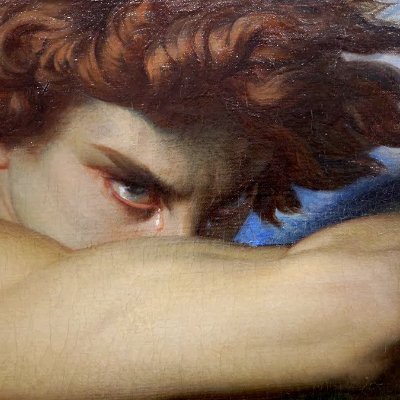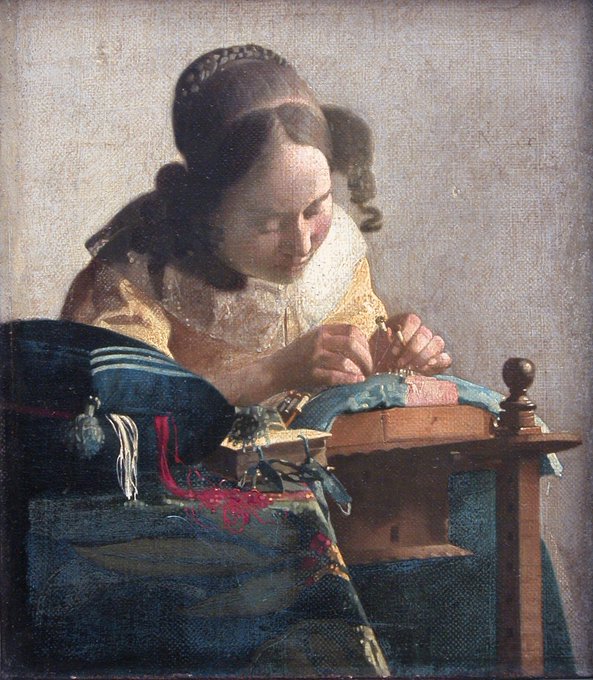It is an apocalyptic catastrophe into whose centre the viewer enters. The room's decoration represents Jupiter punishing the giants for having dared to oppose his power and for bringing their rebellion to his domain.
The Sala dei Giganti is located in the southern corner of the Palazzo del Te. The walls and the ceiling of the room are painted with a single continuous scene of giant figures. #Giants
Portrait of Jacob Pietersz Olycan (1596–1638) - Frans Hals, 1625. (Mauritshuis) Jacob Olycan was a brewer, magistrate, and later mayor of Haarlem. #FransHals
Spiders, ants and hummingbird on a branch of a guava - Maria Sibylla Merian, 1705. (Colored copper engraving from Metamorphosis insectorum Surinamensium, Plate XLIII.) #Merian
It was begun in 1929 and completed in 1932, and has been held by the Galerie Neue Meister in Dresden since 1968. It is one of several anti-war works by Dix in the 1920s, inspired by his experience of trench warfare in the First World War.
Detail from Raphael's The School of Athens (1509–1511) featuring a Greek mathematician – perhaps representing Euclid or Archimedes – using a compass to draw a geometric construction. #Raphael
The Lacemaker is a painting by the Dutch artist Johannes Vermeer, completed around 1669–1670 and held in the Louvre, Paris. At 24.5 cm x 21 cm, the work is the smallest of #Vermeer's paintings, but in many ways one of his most abstract and unusual.
The Equestrian Portrait of Elisabeth of France is an oil on canvas portrait by the Spanish painter Diego Velázquez, executed around 1635, originally for the Hall of the Kingdoms, originally a wing of the Buen Retiro Palace in Madrid. (Prado Museum) #Velázquez
Interior of Saint Bavo, Haarlem is a 1631 oil on panel painting by the Dutch artist Pieter Jansz Saenredam, now in the Philadelphia Museum of Art. #Saenredam
















